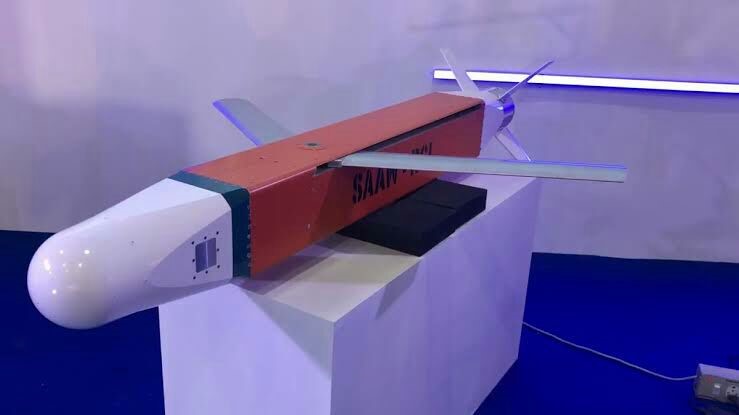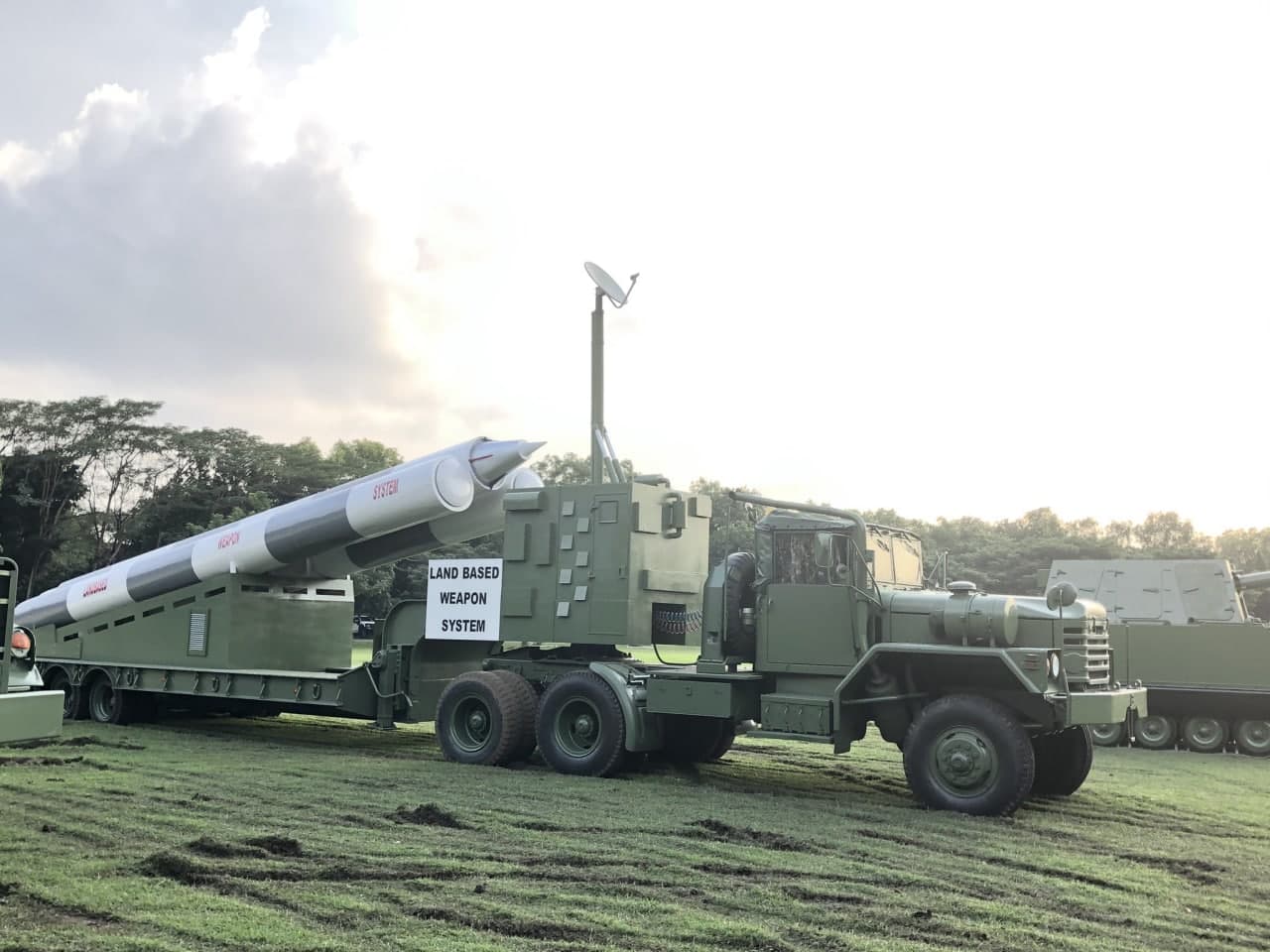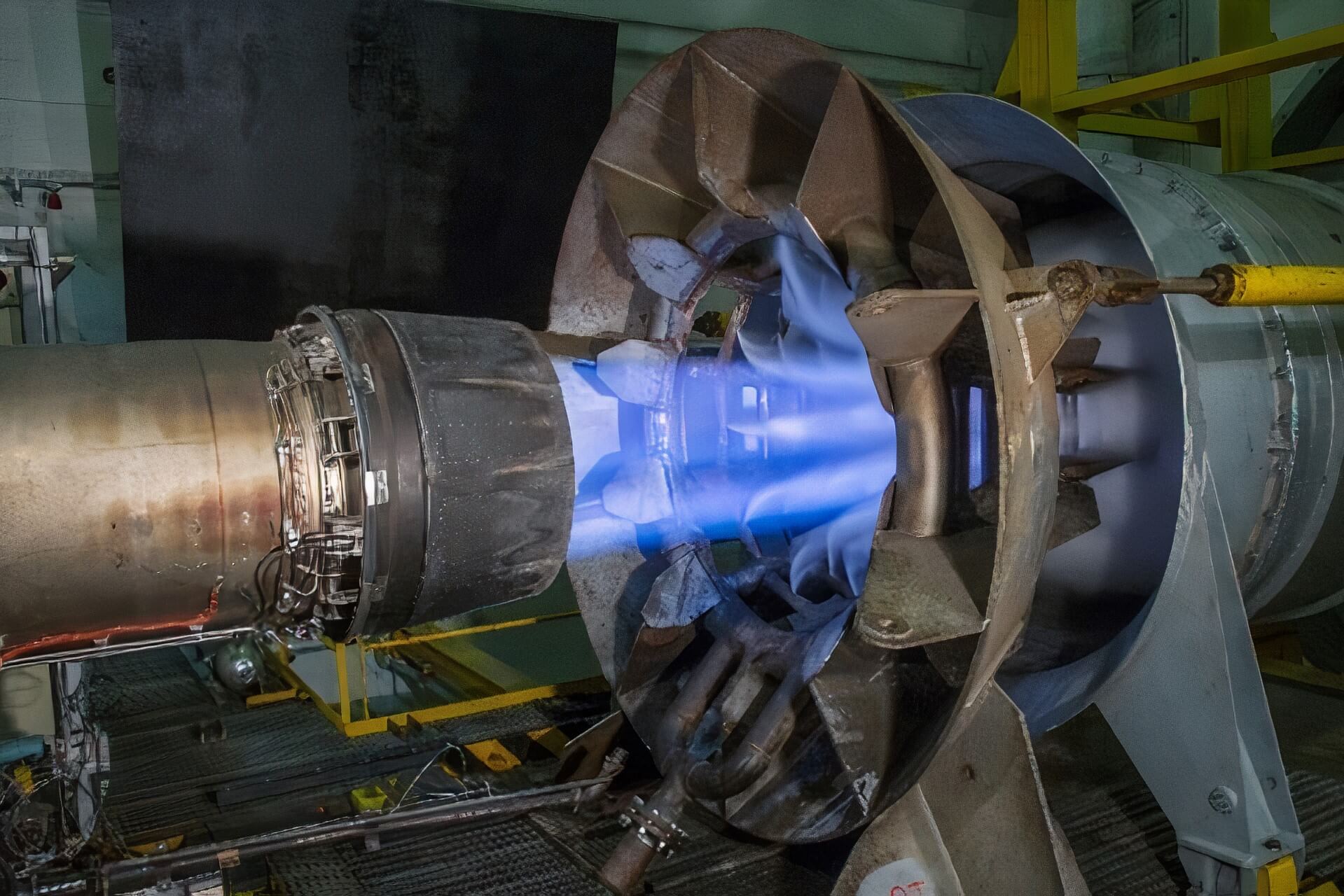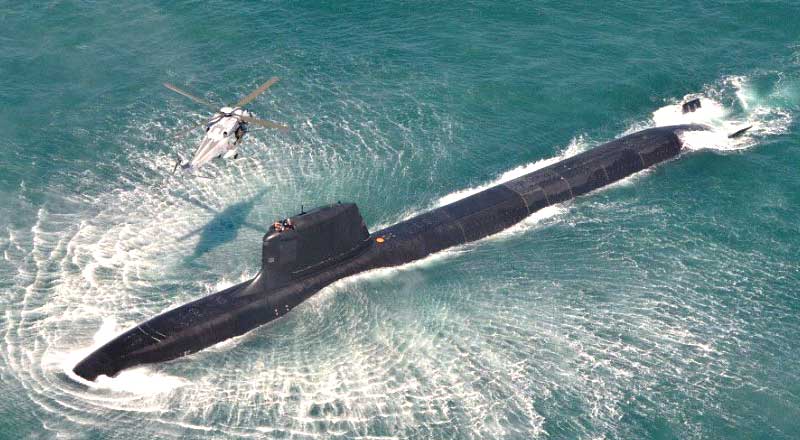News Beat
News Beat reporting is an idrw.org initiative to let our Readers to report News Based on Actual facts but some how has not been reported in Main Stream Media .
SOURCE: RAUNAK KUNDE / NEWS BEAT / IDRW.ORG

The Combat Vehicles Research & Development Establishment (CVRDE), a leading entity under the Defense Research and Development Organization (DRDO), has set its sights on developing hybrid electric engine technology for Armoured Fighting Vehicles (AFVs).
By combining battery power with a diesel engine, the hybrid electric drive system offers instantaneous power delivery, allowing for faster acceleration than any existing combat vehicle. This innovative technology not only enhances performance but also provides advantages in terms of fuel consumption and maintenance.
Continue readingSOURCE: RAUNAK KUNDE / NEWS BEAT / IDRW.ORG

The Defense Research and Development Organization (DRDO) of India is reportedly working on developing an advanced variant of the Smart Anti-Airfield Weapon (SAAW). This precision-guided bomb is specifically designed to neutralize enemy runways, aircraft hangars, bunkers, radars, and other fortified structures.
The new variant aims to significantly increase the weapon’s range by 40-50 per cent and equip it with Mini Turbojet propulsion, enabling it to hit deeper targets or readjust and defeat mobile and relocatable threats. The DRDO envisions this upgraded SAAW to operate effectively in all weather and day/night environments while adhering to strict rules of engagement to minimize collateral damage.
Continue readingSOURCE: RAUNAK KUNDE / NEWS BEAT / IDRW.ORG
Indian paramilitary forces, including the Border Security Force (BSF) and the Indo-Tibetan Border Police (ITBPF), are set to assess the capabilities of the Archer SR-UAV (Short Range Unmanned Aerial Vehicle) developed by the Aeronautical Development Establishment, a laboratory of the Defence Research Development Organisation (DRDO). This evaluation aims to determine the suitability of the Archer SR-UAV for addressing the operational needs of the paramilitary forces, particularly in countering intrusions and smuggling activities along the Indian borders.
The Indian border security forces, such as face numerous challenges due to infiltration attempts by smuggling rings and terrorist organizations operating in the Punjab sector. These organizations seek to supply arms and ammunition to their cadres in Kashmir, posing a significant threat to national security. Recognizing the need for enhanced surveillance and intelligence capabilities, the paramilitary forces have turned their attention towards the Archer SR-UAV.
Continue readingSOURCE: RAUNAK KUNDE / NEWS BEAT / IDRW.ORG

The Hindustan Aeronautics Limited (HAL) Dhruv helicopter has achieved a significant milestone by receiving the restricted type certification from the European Union Aviation Safety Agency (EASA) in Brussels, Belgium. This certification signifies that HAL possesses the capability to design helicopter platforms that meet the stringent certification requirements set by the European Union.
Dr. D.K. Sunil, the Director (Engineering, Research & Development) at HAL, received the prestigious certification in the presence of esteemed individuals including Mr. Filip Cornelis, the Director of Aviation at the Directorate-General Transport & Mobility, Mr. Luc Tytgat, the Strategy & Safety Management Director at EASA, Mr. SK Mishra, JS MoCA, and Mr. Vikram Dev Dutt, DGCA.
Continue readingSOURCE: RAUNAK KUNDE / NEWS BEAT / IDRW.ORG
The Indian Air Force (IAF) is progressing with its Multi-Role Fighter Aircraft (MRFA) programme, which is expected to reach the Request for Proposal (RFP) stage later this year or in early 2024. The upcoming RFP will feature stringent requirements aimed at eliminating fighter jets that fail to meet the technical specifications outlined in the proposal. This approach will help streamline the selection process by reducing the number of contenders, ensuring that only qualified aircraft are considered for the MRFA programme.
Sources familiar with the matter have suggested that Original Equipment Manufacturers (OEMs) typically submit lengthy proposals spanning thousands of pages in response to the RFP. These proposals require extensive checking and verification, often resulting in significant delays. To address this issue, the IAF is determined to establish strict technical requirements in the RFP, ensuring that only aircraft meeting the specified criteria move forward in the selection process. By doing so, the evaluation and vetting process can be expedited, facilitating a more efficient procurement process.
Continue readingSOURCE: RAUNAK KUNDE / NEWS BEAT / IDRW.ORG

The prestigious No. 51 ‘Swordarms’ Squadron, based in Srinagar, is set to commence the induction of the indigenous Tejas Mk1A fighter jet. Following the retirement of its MiG-21Bis, which had earned acclaim for shooting down a Pakistani F-16 over the Line of Control, the squadron temporarily ceased flying operations on June 30, 2022.
With the expected delivery of Tejas Mk1A jets starting from February 2024, the Indian Air Force (IAF) plans to raise the first two squadrons, potentially in Rajasthan and Srinagar, which are strategically vital regions for the IAF in the Western and North sectors, respectively.
Continue readingSOURCE: RAUNAK KUNDE / NEWS BEAT / IDRW.ORG

The Philippine Army is actively pursuing plans to bolster its coastal defence capabilities by acquiring batteries of the BrahMos supersonic anti-ship cruise missile. Negotiations have begun with India’s BrahMos Corporation, and it is expected that orders will be placed later this year.
This move comes in the wake of the Philippine Navy’s recent order for three batteries of BrahMos missiles, which are intended for use by the Philippine Marine Corps. With India offering a line of credit to meet Manila’s defence requirements, the stage is set for further strengthening of defence ties between the two nations.
Continue readingSOURCE: RAUNAK KUNDE / NEWS BEAT / IDRW.ORG

French aerospace engine manufacturer Safran has recently expressed significant interest in collaborating on the development of a new engine for India’s Advanced Medium Combat Aircraft (AMCA) program. During a briefing held in Paris, attended by Dr Samir V. Kamat and the Indian AMCA team, Safran proposed a co-development initiative for a new engine core capable of generating 75kN of thrust. When combined with an afterburner, this engine core has the potential to produce a thrust class ranging from 110kN to 120kN.
Sources familiar with the matter, speaking to idrw, have revealed that the proposed engine core will be larger than the M-88 engine currently powering the Dassault Rafale. Additionally, it will feature a turbine inlet that can withstand higher temperatures than those observed in the M88 engine. To address this requirement, Safran has proposed the development of new-age materials that can effectively manage the engine’s stress levels while operating at higher temperatures.
Continue readingSOURCE: RAUNAK KUNDE / NEWS BEAT / IDRW.ORG

Gas Turbine Research Establishment (GTRE) in Bengaluru, India, has embarked on an ambitious project to design and develop a variant of the 4.4kN thrust class Small Turbo Fan Engine (STFE) specifically for the Air-Launched Cruise Missile (ALCM) program. This project aims to equip the ALCM with a lower-thrust 3.3kN STFE variant, allowing it to achieve a range of over 500 kilometres.
According to the Defence Research and Development Organisation (DRDO), the STFE engine is a generic twin-spool engine that does not feature an afterburner. It is designed to be an expendable, single-use engine with a short operational lifespan, making it ideal for use in the ALCM program. The engine is composed of various modules that work together to ensure optimal performance and reliability.
Continue readingSOURCE: RAUNAK KUNDE / NEWS BEAT / IDRW.ORG
The Indian Navy has been assigned the pivotal role of overseeing the development of India’s upcoming High Altitude Long Endurance (HALE) Class Unmanned Aerial Vehicle (UAV) proposed by the Aeronautical Development Establishment (ADE) for the Indian Armed Forces.
While ADE is still finalizing the configuration of the Turboprop-powered HALE UAV in collaboration with the tri-service branches of the Indian military, it has been decided that the Navy will collaborate with ADE in establishing the fundamental parameters of the HALE UAV. Simultaneously, the Army and Air Force will recommend specific sensors and payloads based on their operational requirements.
Continue readingSOURCE: RAUNAK KUNDE / NEWS BEAT / IDRW.ORG

The Philippines Air Force (PAF) is currently evaluating its options for acquiring a fleet of fighter jets to enhance its defence capabilities. While the Indian-made HAL Tejas was initially considered a potential choice, recent developments indicate that the PAF is leaning towards the procurement of second-hand Gripen C/D aircraft from Sweden.
One of the primary factors influencing the Philippine Air Force’s decision-making process is the cost-effectiveness of the options available. Saab’s offer of used Gripen C/D aircraft presents an attractive opportunity due to its lower price tag compared to the HAL Tejas. The budgetary constraints faced by the PAF make the Gripen C/D a more financially feasible option, allowing the Philippines to acquire a larger fleet of fighter jets within their allocated resources.
Continue readingSOURCE: RAUNAK KUNDE / NEWS BEAT / IDRW.ORG

The potential acquisition of the Indian-made BrahMos supersonic cruise missile by Indonesia has faced hurdles due to compatibility issues with the country’s existing coastal radars and combat management systems. While Indonesia has expressed interest in procuring the BrahMos missile as part of its defense modernization efforts, integrating it into its defense infrastructure poses technical challenges. The Indonesian government emphasizes the transfer of technology as a crucial component of any defense equipment procurement, which further complicates the situation.
Indonesian warships’ Combat Management Systems heavily rely on Western original equipment manufacturers (OEMs) or technology transfers from OEMs to PT Len Industri, an Indonesian state-owned communications equipment manufacturer.
Continue readingSOURCE: RAUNAK KUNDE / NEWS BEAT / IDRW.ORG

The Indian Space Research Organisation (ISRO) is making significant strides in promoting the participation of private sector companies in the production and launch of the Small Satellite Launch Vehicle (SSLV).
Recognizing the potential of the private sector, ISRO is actively seeking collaborations with private companies to manufacture and launch SSLV rockets. By involving private entities in SSLV production, ISRO aims to boost indigenous manufacturing capabilities while also promoting innovation and efficiency.
Continue readingSOURCE: RAUNAK KUNDE / NEWS BEAT / IDRW.ORG

India and France are set to discuss potential collaboration in the development of nuclear attack submarines during Indian Prime Minister Narendra Modi’s upcoming visit to France as the chief guest for the Bastille Day parade. This meeting holds significant importance as it aims to foster cooperation and strengthen the strategic partnership between the two nations.
Earlier in 2023, France had extended an offer to jointly develop nuclear attack submarines (SSNs) with India as part of its atmanirbharta (self-reliance) initiative. This collaboration would involve the transfer of technology based on France’s advanced Barracuda-class SSNs, with the Naval Group, responsible for developing the Scorpene boats, leading the project. The first of the Barracuda-class SSNs, Suffren, was commissioned into the French Navy in mid-2022. France plans to commission a total of six SSNs by 2030, each costing over $2 billion.
Continue readingSOURCE: RAUNAK KUNDE / NEWS BEAT / IDRW.ORG

The Air Force Research Laboratory (AFRL), Indian Air Force (IAF), and the Defense Research and Development Organization (DRDO) are set to initiate developmental trials of the Air-Launched Unmanned Aerial Vehicle (ALUAV) later this year or early next year. These trials will be conducted from IAF-operated C-130J Transport Aircraft, marking an important milestone in the joint project undertaken by the United States and India under the Defence Technology and Trade Initiative (DTTI) initiative.
The ALUAV, which will be used for Intelligence, Surveillance, and Reconnaissance (ISR) roles, will feature joint intellectual property rights (IPR) for both the United States and India. The collaboration aims to develop an indigenous capability for manufacturing the ALUAV in India by leveraging technology transfer from the United States.
Continue reading